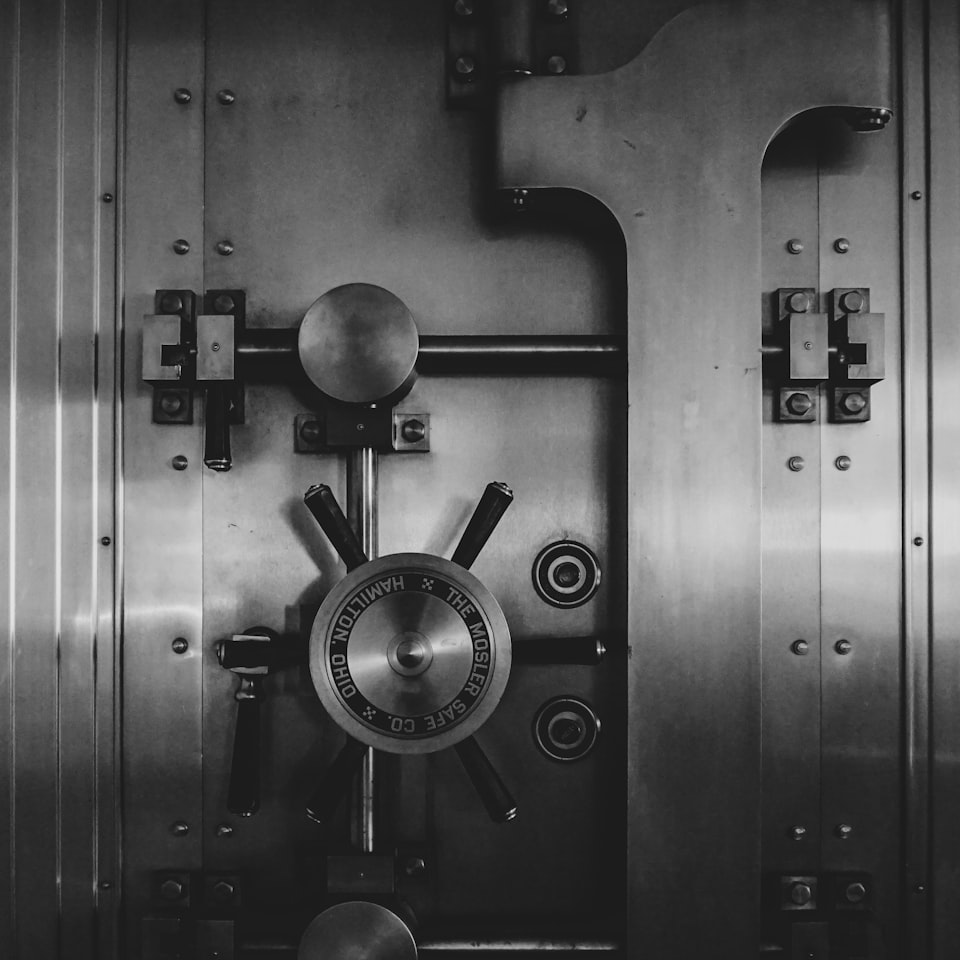5 Ways a Password Manager Can Reduce Your Risk of Getting Breached, and Reduce The Impact of a Breach When it Does Happen

A Password Manager is used to store passwords, credit card info, and other sensitive information. Most password managers are available for Windows, macOS, Linux, iOS, and Android; and also have extensions for all major web browsers.
BitWarden, LastPass, KeePass, 1Password, and Dashlane are some popular options. I use BitWarden and highly recommend it.
Here are 5 Ways a Password Manager Can Reduce Your Risk:
- Only One Password to Remember: All password managers need to be set up with a password to access the information stored inside them. Once you start using a password manager, this will be the only password you need to remember, since all your other passwords are stored in the password manager.
- Generate Strong Passwords: Use the built-in password generator to generate a long, strong password containing random characters, with a mix of numbers, alphabets, and special characters. The longer and more complex your password is, the harder it is to break it.
- Prevent Password Reuse: The reason a lot of people reuse passwords is it's hard to remember that many passwords. So, they reuse the same password everywhere. If you use a password manager, you don't need to remember them. Since you don't have to remember the password for each website, you can use a very strong password without worrying about remembering it. If you do this across all your websites, even when one of them gets breached and someone gains access to your password, it will not work on any other website where you have accounts.
- Reduce Your Chances of Getting Phished: Phishing is one of the biggest risks you face online. A link takes you to a website that pretends to be a bank (for example) but is actually a fake site set up to steal your bank login info. If you weren't using a password manager, since the site looks like your bank, you would enter your credentials and someone would gain access to them. But if you use the password manager web browser extension and you have the login info for the bank saved in it, the extension will show a number on the icon to show that you have a login saved for the bank. When you click on a phishing link that takes you to a bad site that looks like your bank, you can check the extension to see if it has a saved login for the site. If it doesn't, you know that site is not legitimate.
- Securely Share Passwords: If you need to share the login information for any website with someone you trust, you can do so securely. No more emailing or messaging passwords. When they visit the website, the browser extension can autofill the login info without revealing the password to them (if you choose to hide it). For this to work, both of you need to use the same password manager.
Member discussion